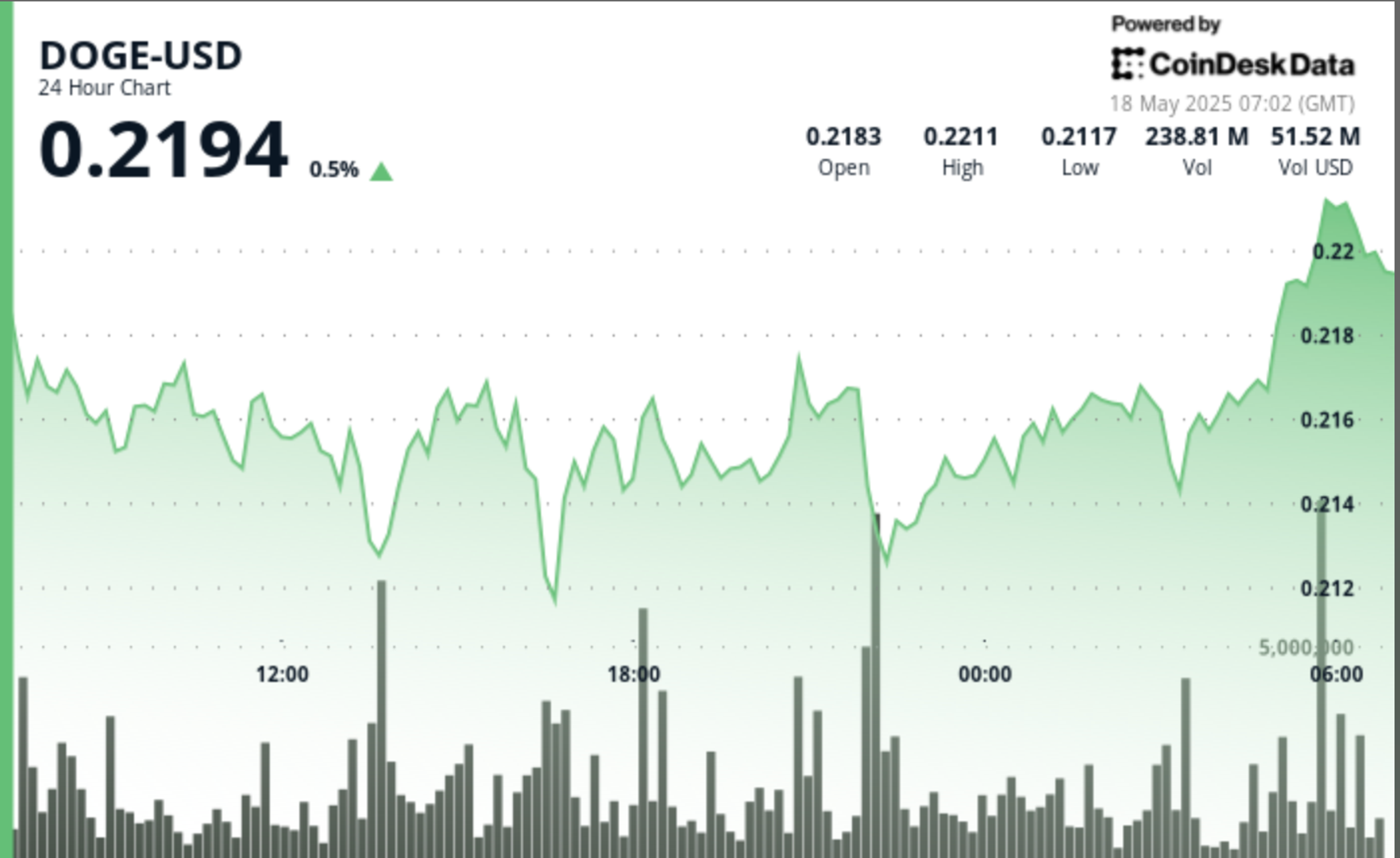Strategy Holders Might be at Risk From Michael Saylor’s Financial Wizardry

Is Strategy (MSTR) in a precarious situation?
Under the leadership of Executive Chairman Michael Saylor, Strategy, previously known as MicroStrategy, has accumulated 506,137 bitcoin (BTC) over the course of five years, now valued at around $44 billion at BTC’s current price of nearly $87,000. While it may seem like the company has an endless pool of funds to acquire more bitcoin, the truth is Strategy obtained a significant portion of its holdings by issuing billions of dollars in equity, convertible notes, and more recently, preferred stock.
With the recent drop in bitcoin’s price by about 20% from its peak above $109,000 two months ago, Strategy’s average acquisition price now stands at $66,000. This means that the company is just one moderate price decline away from facing losses on its purchases.
The question looming is whether Strategy’s financial maneuvers could backfire if bitcoin continues on a downward trend.
“It’s highly unlikely that it results in a scenario where [Strategy] has to liquidate a bunch of bitcoin because it gets margin called,” shared Quinn Thompson, founder of crypto hedge fund Lekker Capital. Despite the debt incurred by Strategy, Thompson believes the firm has the ability to refinance the convertible notes and preferred stock without resorting to selling off its bitcoin holdings.
Although Strategy may not face an immediate crisis like some crypto firms did in 2022, uncertainties remain for MSTR investors, particularly if Saylor has to issue more equity to sustain the company’s operations.
At present, Strategy utilizes three methods for raising capital: issuing equity, convertible notes, and preferred stock. Each of these investment vehicles caters to different types of investors with varying risk appetites, contributing to the company’s diversified approach to fundraising.
As Strategy navigates its complex capital structure, challenges lie in meeting the dividend payments for preferred stock, interest rates for convertible bonds, and a potential need for continuous issuance of MSTR stock to cover its financial obligations. This could impact the stock price and investor sentiment over time.
Furthermore, Strategy’s control over the company has weakened due to continuous stock issuance, which could potentially lead to shareholder unrest and demands for changes in strategy if certain scenarios unfold. Another risk factor for MSTR holders is the demand for 2x long Strategy exchange-traded funds (ETFs), which have generated significant buying pressure on MSTR. However, a reversal in this trend could result in a sharp decline in the stock price.
In summary, while Strategy’s current financial strategies have allowed it to accumulate a substantial bitcoin portfolio, potential risks and uncertainties loom on the horizon, necessitating careful monitoring and strategic decision-making moving forward.


